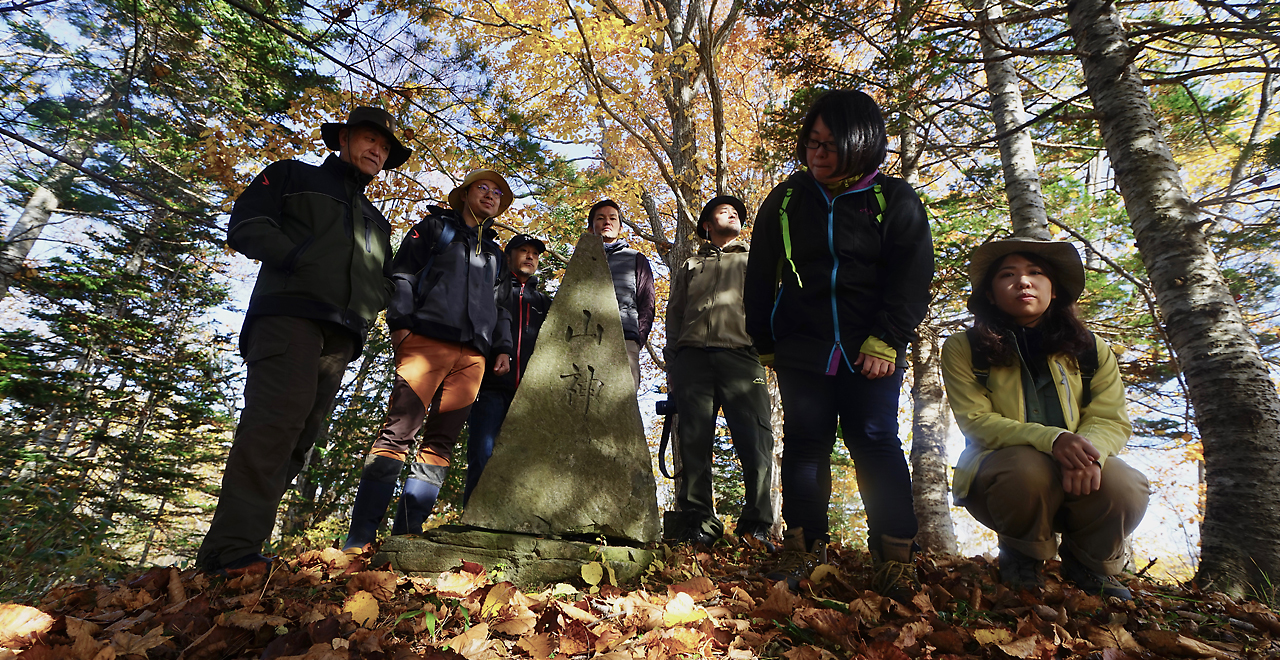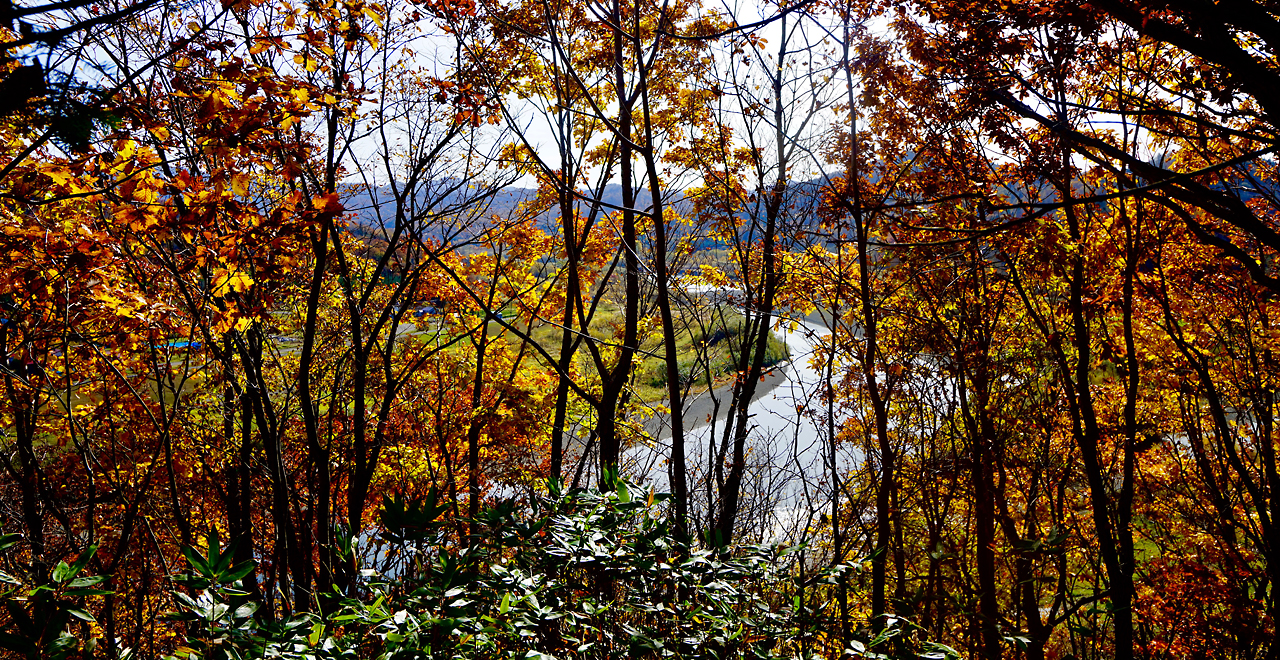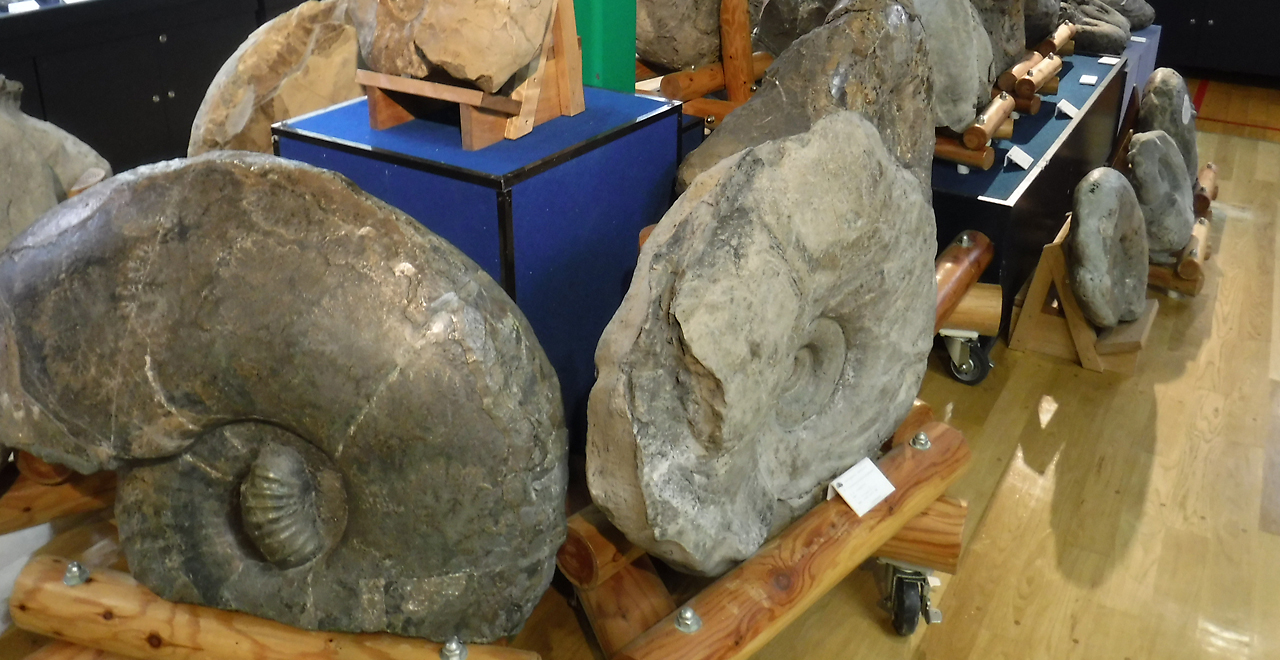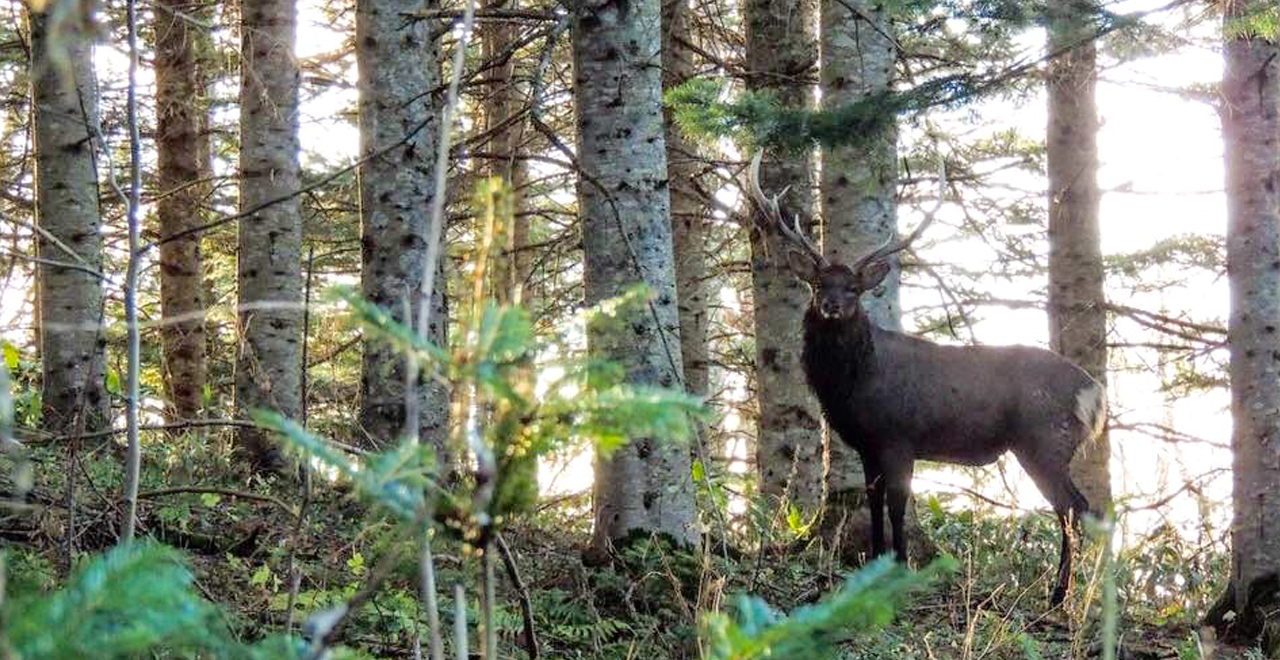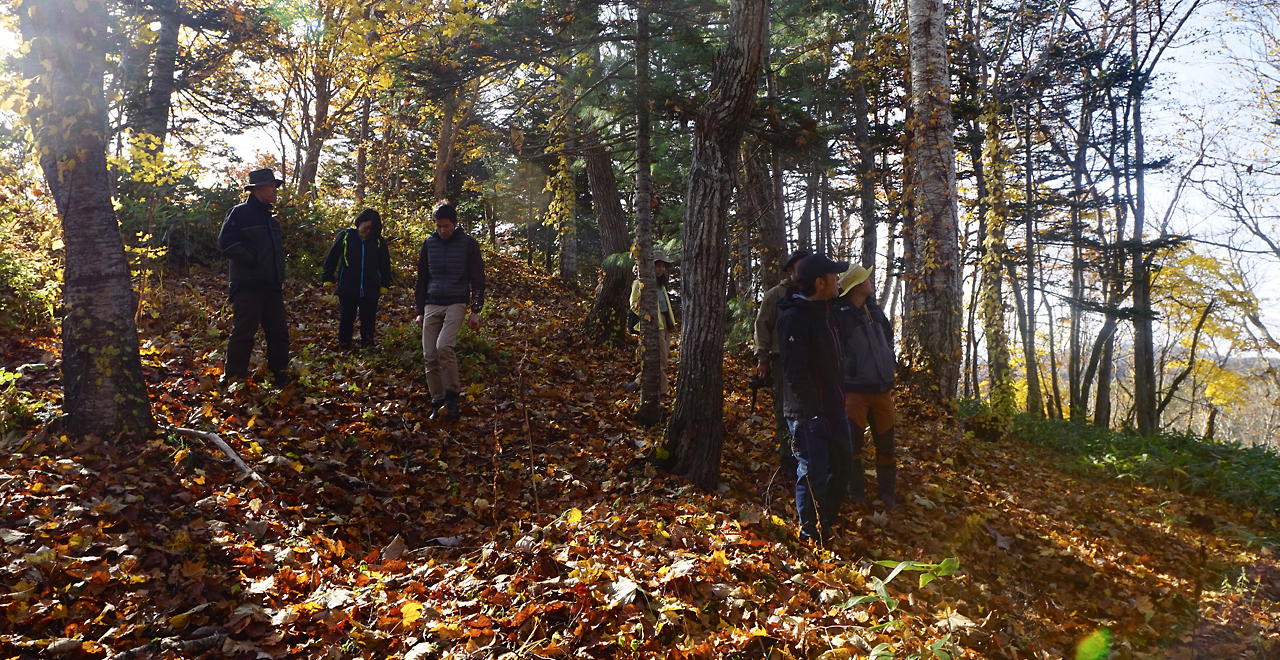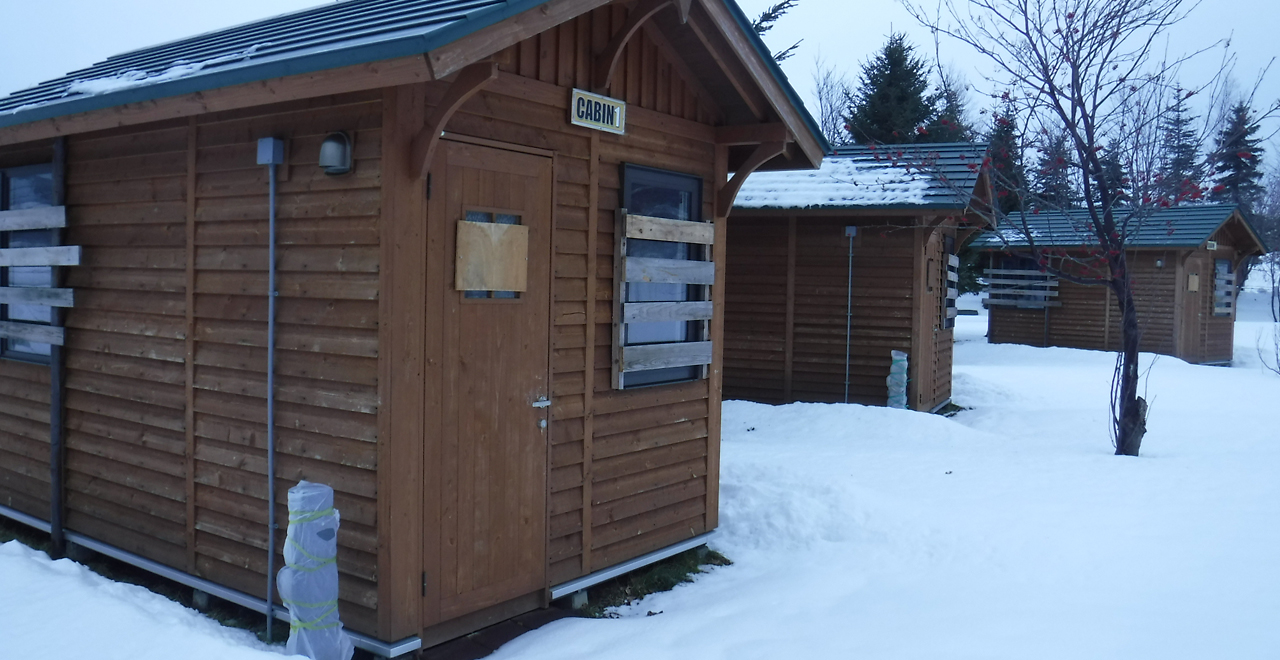Abeshinai Recreation Forest
2.04ha
Elevation Lowest: 20 m / Average: 20–70 m / Highest: 70 m
Fascinating picturesque forest overlooking a village full of history and romance
Fascinating picturesque forest overlooking a village full of history and romance
- Newest information
- Area
- Activities
- Overview
- Latest Information
- Usage Guide
- Facility
- Map
- Location
- Access
(Distances and times are
provided as a guide only) - Management office
contact details - Information on Other Local
Tourist Attractions - Official Tourist Information
- Recreation Forest
Management Committee - Supporters
- Other
- Newest information
- Gathering information in advance is important to safely enjoy forest recreation that brings you closer to nature.
・CHECK
・When you go out, please check local tourist and related information and gather information on road closures, weather conditions, etc.
- Area
- Hokkaido
- Activities
- Flower-viewing(cherry (Prunus)) (Tsutsuji (Azelea, Rhododendron subgen)) (Includes surrounding area) Autumn leaf viewing (Includes surrounding area) Birdwatching (Includes surrounding area) (Payment required in some cases) Picnics (lawn area/park) Paddling / fishing / boating (river) (Includes surrounding area) (Payment required in some cases) Bicycle rental (Outside the forest)(Payment required for use of facilities and participation in activities) Guided tours (Includes surrounding area)(Payment required for use of facilities and participation in activities) Hands-on forestry / woodworking experience (Includes surrounding area)(Payment required for use of facilities and participation in activities) Ski resort (no. of trails: 2) (Outside the forest)
- Overview
-
- Geographical/topographical features
- The Abeshinai Recreation Forest lies atop a hill where the Teshio River and the Abeshinai River meet, and overlooks the Teshio River―Hokkaido's second longest river.
The Abeshinai River basin where the recreation forest is located is an important area in Japan for research on Cretaceous strata and underground resources. It is a treasure trove of valuable fossils, including those of plesiosaurs and ammonites. - Historical/cultural features
- Abeshinai means "river along which we travel downstream" in the Ainu language. As the name suggests, the area was an important transportation hub, linking towns such as Teshio, Kamikawa, Uryu and Enbetsu.
Meanwhile, Takeshiro Matsuura, the 19th century explorer said to have named the island "Hokkaido," stayed in this area during his Hokkaido explorations, and an Ainu kotan (settlement/village) is said to have existed here due to the location’s importance to river navigation.
In addition, Tomitaro Moriya, a physician and brother of the famous poet Mokichi Saito, was appointed to practice medicine at Shibunnai in Nakagawa Town by the prefectural government. Tanka Poet Mokichi Memorial Park and Shibunnai Pass Road are found in the area and a monument engraved with one of Mokichi's poems stands along a footpath. Many tanka poem (a form of classical Japanese short poem) enthusiasts visit these sites seeking inspiration for their own poetry. - Climate, flora and fauna
- TThe area has four distinctive seasons, with hot, dry summers and extremely cold winters with heavy snowfall.
In the Teshio River and Abeshinai River basins, Ojirowashi (white-tailed eagle (Haliaeetus albicilla))―designated as both a national natural treasure and an endangered species―is resident throughout the year. Owashi (Steller's sea eagle (Haliaeetus pelagicus pelagicus)) also fly over from Sakhalin Island to spend the winter. As for vegetation, it is the northern limit for the growth of wild Katsura (Cercidiphyllum japonicum Siebold et Zucc. ex Hoffm. et Schult.) and Kitakobushi (Japanese magnolia (Magnolia kobus var. borealis Sarg.)). - Attractions
- In the Abeshinai Recreation Forest, there is a natural rock that was used as a mountain god shrine to pray for safety of loggers in the early 20th century when it was popular to transport felled timber on the river―a reminder of the days when forestry was in its prime. The Recreation Forest offers extraordinary natural beauty, overlooking the Teshio River and the Abeshinai River as well as villages and Route 40, which follows the course of the Abeshinai River.
The forest has many trees, such as Itaya Kaede (Acer pictum Thunb. subsp. dissectum (Wesm.) H.Ohashi) and Katsura (Cercidiphyllum japonicum Siebold et Zucc. ex Hoffm. et Schult.), whose leaves turn a beautiful golden yellow in the autumn. From October to November, these yellow-leaved trees together with crimson-red Nanakamado (Sorbus commixta Hedl.) and Ezo Yamazakura (sargent cherry (Prunus sergentii)) and deep-green Todomatsu (Todo fir (Abies sachalinensis)) scattered across the forest make a picturesque landscape, like an autumn brocade.
Visitors to Nakagawa Town can also enjoy a wide range of activities, including mountain biking, canoeing and fishing, as well as observing the geological strata and fossils. In addition, they can take part in local events, such as "Mori No Sanpo To Maki No Gochiso" (forest stroll and firewood cooking), where participants take a refreshing walk in the forest while hearing stories about it from a guide. At lunch time, they cook local ingredients over firewood and eat the food in the open air.
Moreover, various fossil-related activities take place in Nakagawa Town, where ammonite fossils have been excavated since the Meiji Period (late 19th to early 20th century). The Nakagawa Ecomuseum exhibits a reconstructed plesiosaur skeleton―one of Japan's largest at about 11 meters long―that was found in the town and displays local fossils of ammonites, dolphins and others in a comparative manner with fossil specimens from around the world.
- Latest Information
-
- Information on temporarily unavailable facilities
- Please check the Nakagawa-no-Mori website (in Japanese)[External link]
- Regular events
- Forest Tourism (around late June every year)
- Danger information
- Long-sleeved tops and long trousers must be worn to prevent tick bites.
- Usage Guide
-
- Entrance fee
- Free
- Operating hours and seasons
- Accessible 24 hours a day, 365 days a year However, nighttime visits are not recommended as there are no lights.
- Accommodation options
- [Outside the forest]
Public hot spring facility, "Ponpira Aqua Ri-s Ing"; auto-camping site "Naport Park"; Sakaeya Inn; Oka Guest House; Nakagawa-cho Forest Park log house (all about 10 km / 10 minutes from the Abeshinai Recreation Forest)
- Facility
- Toilets and drinking fountains (Outside the forest) Toilet (accessible) (Outside the forest) Walking trail (Includes surrounding area) Parking lot (Outside the forest) Vending machine (Outside the forest) Shop (Outside the forest) Restaurant (Outside the forest) Campsite and/or cabins (Outside the forest)(Payment required for use of facilities and participation in activities) Specimen forest/Botanic garden (Outside the forest) Resource center (Outside the forest)(Payment required for use of facilities and participation in activities) Accommodation facilities (Hotels/Japanese inns) (Outside the forest) Hot Spring (Outside the forest)
- Map
- Location
- 3 Yasukawa, Nakagawa Town, Nakagawa County, Hokkaido
- Access
(Distances and times are provided as a guide only) -
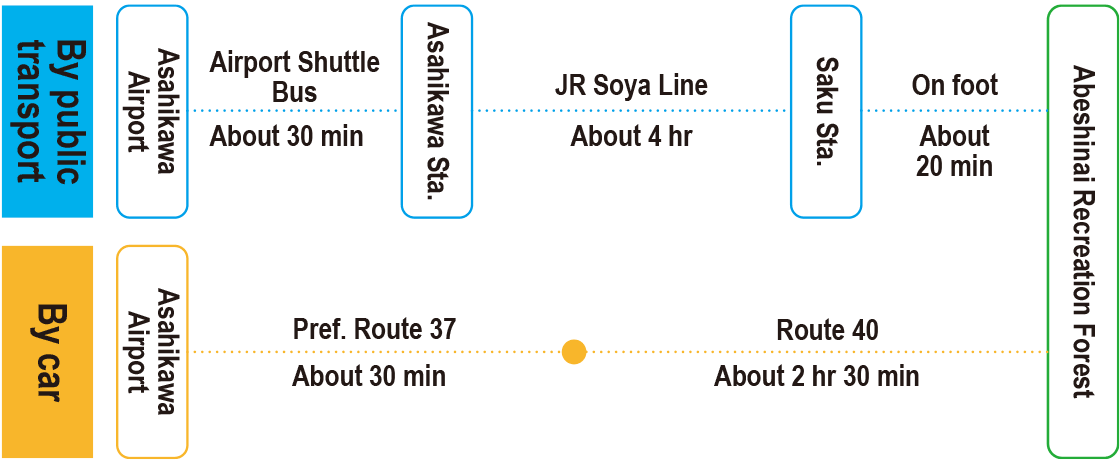
-
<Parking lot capacity / parking charges>- Nakagawa Ecomuseum (located nearby): Free parking for 30 ordinary vehicles and 2 large vehicles
- Nearby tourism facilities
- ・About 20 minutes on foot to the Saku Furusato Denshokan Museum
- ・About 10 minutes on foot to the Nakagawa Ecomuseum
- Management office contact details
-
Kamikawa Hokubu District Forest Office
- Information on Other Local Tourist Attractions
-
Nakagawa Town Tourism Association official website [External link]Nakagawa Ecomuseum [External link]Ponpira Aqua Ri-s Ing [External link]
- Official Tourist Information
-
Nakagawa-no-Mori website [External link]
- Recreation Forest Management Committee
-
Nakagawa Town Committee for Promoting Establishment of Sustainable Forest ManagementContact: Industrial Promotion Division, Nakagawa Municipal Office
TEL : 01656-7-2816
FAX : 01656-7-3511
- Supporters
- ー
- Other
- ー





